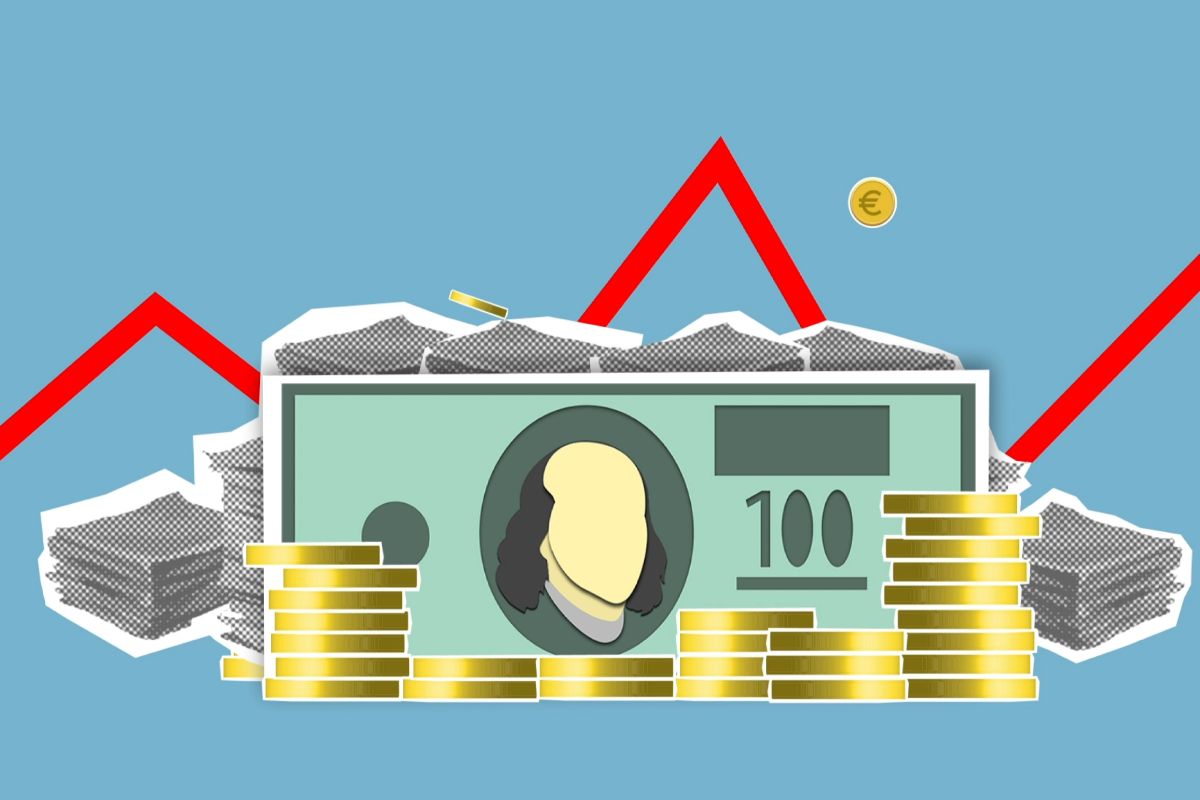
The ‘Power Hour’ is a well-known phenomenon in trading and investing, and refers to the period of time during each trading day just after the market has opened (9:30 am – 10:30 am Eastern Time) or just before it is about to close (3 pm – 4 pm Eastern Time).
Where a high volume of large trades are being carried out, creating volatile changes to the positions of indices and stocks.
The massive flurries of activity at these times of day are caused by traders all rushing to get their trades in at once.
With Friday afternoon being a particularly volatile period of activity as traders attempt to get out of certain positions before the market closes for the weekend.
News tied to particular companies or investments can cause particularly huge surges of activity, with traders either rushing to buy or sell the stock depending on the nature of the news, with opportunities for profit both ways.
Traders who operate during the opening Power Hour are just seeking to get their trades out of the way so they can focus on other things.
Traders who operate at the end of the day are simply trying to end the day’s trading session in the best position possible.
There are also opportunities for those who anticipate an increase or decrease either way to make a profit out of the chaos, and we’re going to explore just exactly how it’s done.
How To Trade Power Hour Stocks
The impact of ‘Power Hour’ on those who trade stocks on a long-term basis is nowhere near as large as to day traders and other folk who are simply around to take advantage of the volatility the start and end of each day brings; piggy-backing stock values in the short term.
Instead of spending the day watching the market or looking at certain companies they believe will boom or flounder based on market trends or historical evidence etc., these traders are simply active during these brief, crazy portions of the day.
It is possible to make a profit on Power Hour stocks regardless of whether you know they are going to rise or fall, but you obviously have to know which of those is going to happen each way.
You will be looking for buzz on certain Power Hour stocks before you decide how you wish to trade it.
If the buzz around a particular stock is that its value will increase, then you should simply trade it as you would any normal stock- bearing mind that the market will be particularly volatile until Power Hour is over.
However, there are also some other readily-used methods of playing at trading the power hour stocks to make a profit.
One of these methods involves buying during the morning session and then selling them again during the afternoon power hour.
Similarly, you could also buy shares during the afternoon, and then hold them overnight before selling them in the morning.
If you’re holding stocks for this longer period, it would be more important to have some context over this particular stock to understand why it is doing what it is doing.
And then use that information to predict how the stock may react to the market in the time in which you are holding it.
If the buzz around a particular stock is negative, you can still make money betting off its projected value by shorting it instead.
How To Short Sell

‘Shorting’, ‘short-selling’ or ‘going short’ is a method of making profit from a stock when you believe that the value will fall, and that nobody else will want it.
- To short a stock, you first have to borrow shares of that stock from your stockbroker.
- You then sell the borrowed shares immediately, bearing in mind that you will have to buy them back so that you can return them to your broker.
- If your assumption about the value of the stock dropping was correct, you then purchase them back for a lower cost (when you believe that the value is low enough) and return them to your broker. You have now just turned a profit.
- The reason that shorting is usually only ever undertaken by serious traders is that should your risk not pan out, and the stock value actually rises dramatically, you will have to purchase them back at a loss so that you can return them to your broker- and the margins could be infinitely high. Many have gone bankrupt from an incorrectly shorted stock.
Which Stocks Are Best For Power Hour Trading?
Any stock can be used for power hour trading, but the most volatile stocks at power hour are those in trending industries, such as certain technology companies or cannabis oil etc.
News reports or earnings reports can give you the edge over how a certain stock might wobble during Power Hour, and the more you learn, the bigger the advantage you will have over less cautious day-sellers.
You can use the information you have to develop a game plan, and if at any point in the day you see a stock you think will boom during Power Hour hit a low, you can buy it then for a bigger profit later on when you sell high.
Be savvy about what news can be interpreted as positive or negative- and then stick to the plan. Watch how certain stocks react during morning or negative power hours, and decide whether you have the time to trade during one or both.
Be reasonable about your expectations, and be aware that there is a lot to learn as a newcomer to day trading (see also ‘Can $100K A Year Be Made Day Trading?‘)- and that you may lose money on your first few trades. Eventually you will learn how the land lies, and how you want to trade your way.
- Dividend Growth Investing for Millennials - February 27, 2025
- The Ultimate Guide to Investing in Precious Metals Today - December 6, 2024
- Essential Cryptocurrency Trends: What You Need to Know - December 6, 2024

